Solmissus marshalli lives in the midwater zone of seas. It feeds by swimming slowly with its tentacles stretched out. When animals bump into the tentacles, stinging cells fire and hold on. Depending on the size of the prey, it can take a jellyfish up to two hours to move food from its tentacles to its stomach. The jellyfish feeds on gelatinous animal plankton, other jellies and copepods. It is a secondary consumer.
In this video you can see two different species of jellyfish, Solimissus marshalli and Mitrocoma cellularia. These invertebrates are part of the phylum Cnidaria which include hydroids, scyphozoan jellyfishes, sea anemones, sea pens and corals. They are constructed of 2 layers of cells-the outer covering and the inner covering of the digestive cavity. Between is a jellylike layer (mesoglea). Some cells are specialized for digesting or stinging. The jellyfish is the sexual ‘medusa stage’ of a hydroid. The hydroid medusa has a membrane (velum) that grows inward from margin of the bell. Most of the 60 or so local jellyfishes are medusaes of hydrozoans; surprisingly very attractive, but usually very small and they often go unnoticed. These specimens were videoed by Jean-Olivier Dalphond and Damien Guihen on a sunny day of June 2001. Identification was by Dr. Anita Brinckmann-Voss. Anita regularly samples the waters of Race Rocks as well as nearby Eemdyck passage, Beecher Bay , Pedder Bay and Sooke harbour where the upwelling water from the Strait of Juan de Fuca often brings numerous medusae.
Species recognized by World Register of Marine Species (WoRMS) Biota Animalia
Cnidaria
Hydrozoa , Owen
Narcomedusae Haeckel 1879
Cuninidae Bigelow 1913
Solmissus
Solmissus marshalli Agassiz & Mayer, 1902
See this link for other hydroids: https://www.racerocks.ca/tag/hydroid/
Other Members of the Phylum Cnidaria at Race Rocks.
and Image File |
 The Race Rocks taxonomy is a collaborative venture originally started with the Biology and Environmental Systems students of Lester Pearson College UWC. It now also has contributions added by Faculty, Staff, Volunteers and Observers on the remote control webcams. The Race Rocks taxonomy is a collaborative venture originally started with the Biology and Environmental Systems students of Lester Pearson College UWC. It now also has contributions added by Faculty, Staff, Volunteers and Observers on the remote control webcams.
Lester B. Pearson College: |

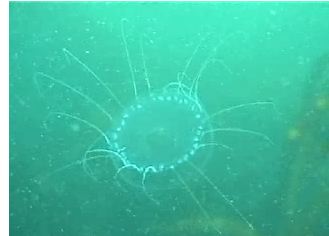
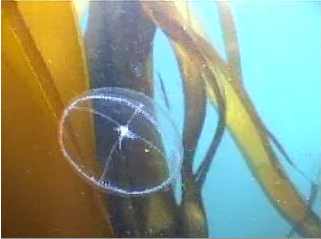
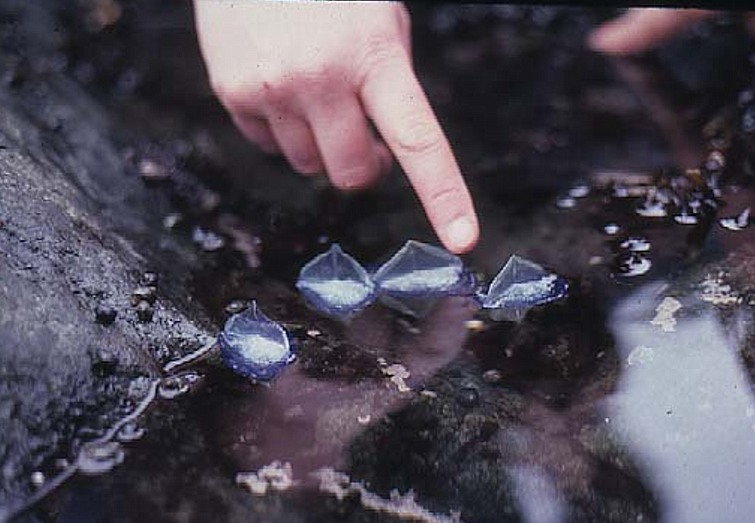

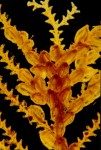
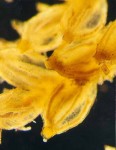

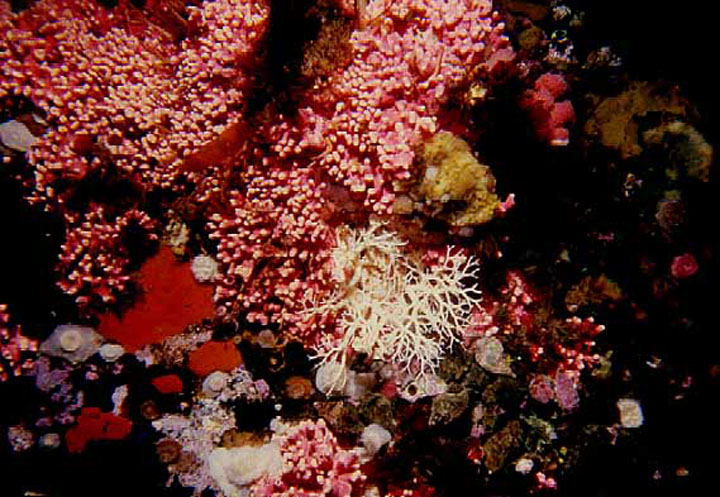
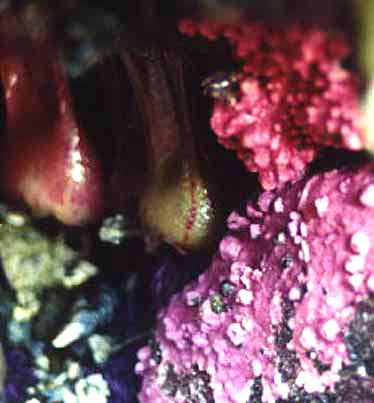
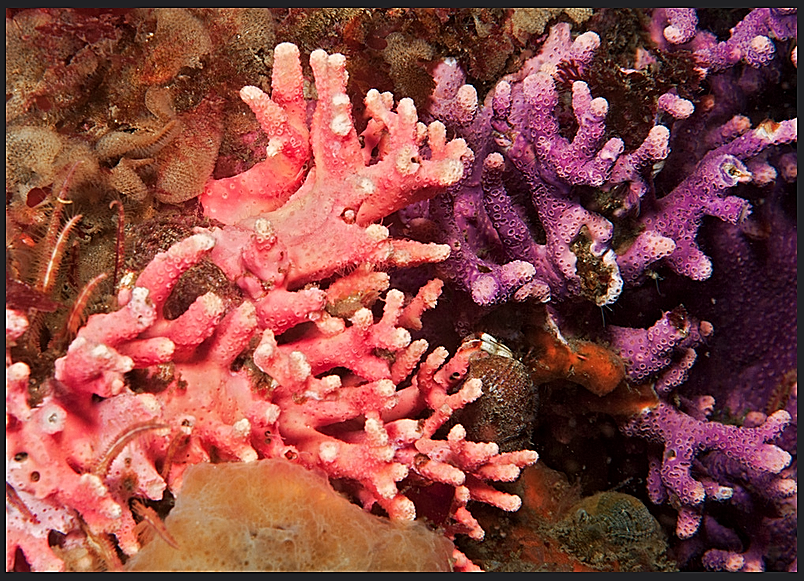
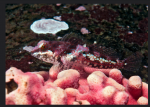
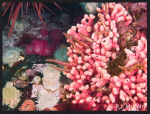
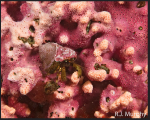
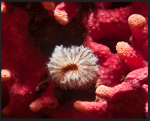




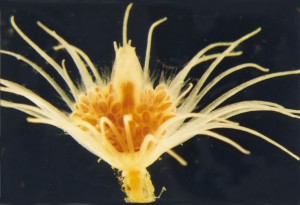
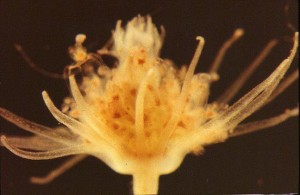
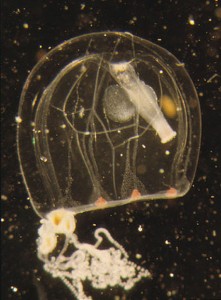
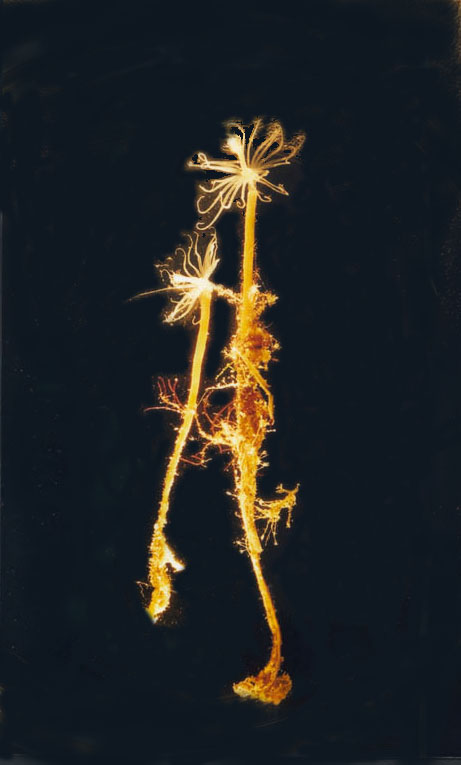
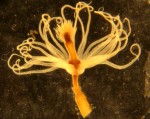
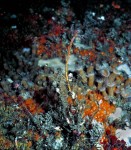
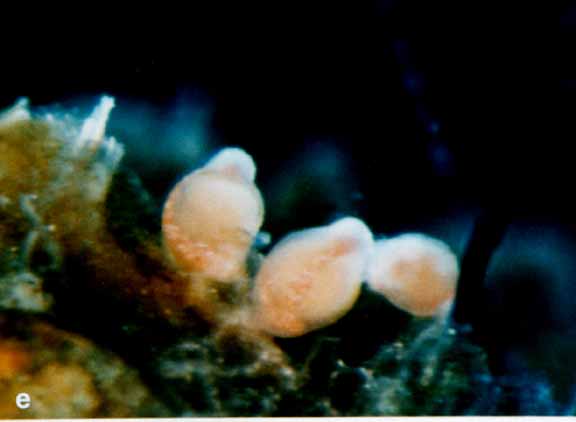
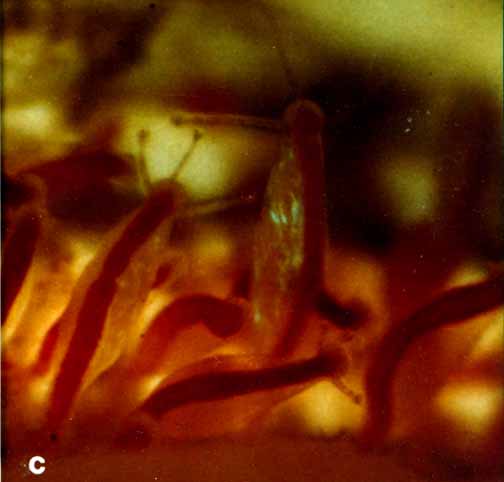
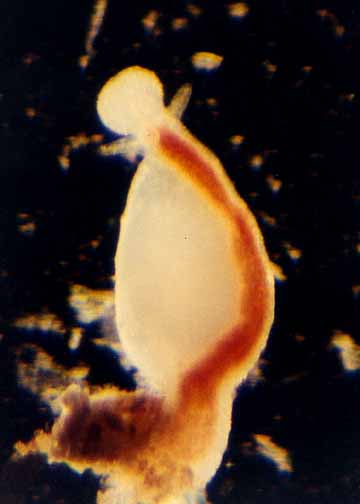 Rhysia fletcheri male polyps
Rhysia fletcheri male polyps

